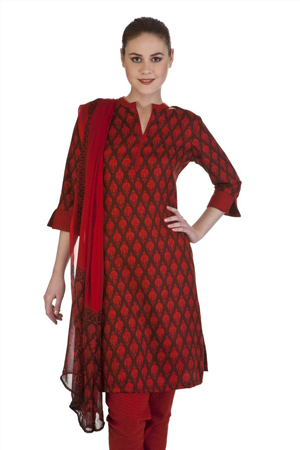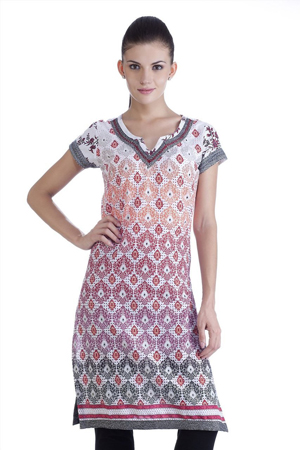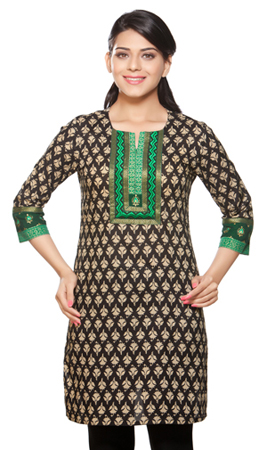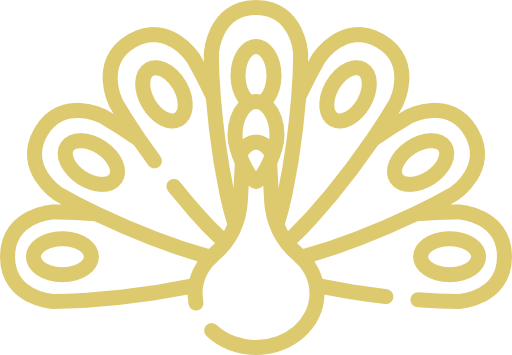
Putting things simply, here at In-Sattva®, we’re obsessed with prints and patterns! Whether it be woven into our scarf design, carved into a piece of statement jewelry, or perfectly placed on a garment, our selection of prints and patterns spice up a look! For most, mixing and matching different prints and patterns together has become an on trend way to style, however in India, a country with a rich and ancient history in textiles, this movement has been in motion for what feels like forever. Currently, we turn to India and local artisans to produce and source our ethically made pieces.
Dating back to the 18 th century in the state of Rajasthan, located in the northwestern part of India, block printing became a popular and effective way to create patterns on fabric. Done by hand, this traditional printing process is typically executed by trained artisans that have learned this specific skill set from artisans before them. The block printing method begins by carving intricate designs in blocks of wood. The use of different techniques to create the block patterns are an undertaking on its own. Once the pattern is created, an artisan will stretch a piece of fabric out and pin it tightly to a padded, low bench. The carved block is dipped in natural vegetable dyes, usually made of indigo, pomegranate rind, or turmeric,. It is then pressed onto the fabric creating a unique pattern! In some parts of India, block printing includes the use of resists, such as wax, on parts of the fabric to prevent dye absorption, creating more intricate patterns. The results of block printing are difficult to replicate by machines, thus giving each block printed piece special meaning and value.

Another printing process is bagh printing. An easy way to distinguish this type of print and pattern is by the use of black and red on white fabric, usually incorporating a floral or geometric design. This method of printing is 400 years old and originated in the Bagh village in the state of Madhya Pradesh . The depth of color is achieved thanks to the high copper content from the Baghini River, where the fabric is washed. The process is very specific and done in fifteen steps but is similar to block printing in that it uses hand carved wooden blocks. The fabric is soaked in a special mixture, dried three times, and then dipped in a solution. After fifteen days it is washed in river water and then boiled in a copper vessel with water, flowers, and tree roots. The results are well worth the wait!
While Block printing and Bagh printing are two of the most common print techniques, we’ve only scratched the surface of the rich textile history of India! We invite you to join us in continuing to learn about these methods here on our blog so that each time you see and wear one of our printed or patterned garments, you can share a bit of background on why what you are wearing is so exceptional.

|

|

|
Our merchandising and sourcing team keeps an active eye on the trends and tries to marry the traditional styles with our own contemporary version of the garments. We love sharing vibrant patterns and colors to all of our customers from coast-to-coast, fifty states deep!

